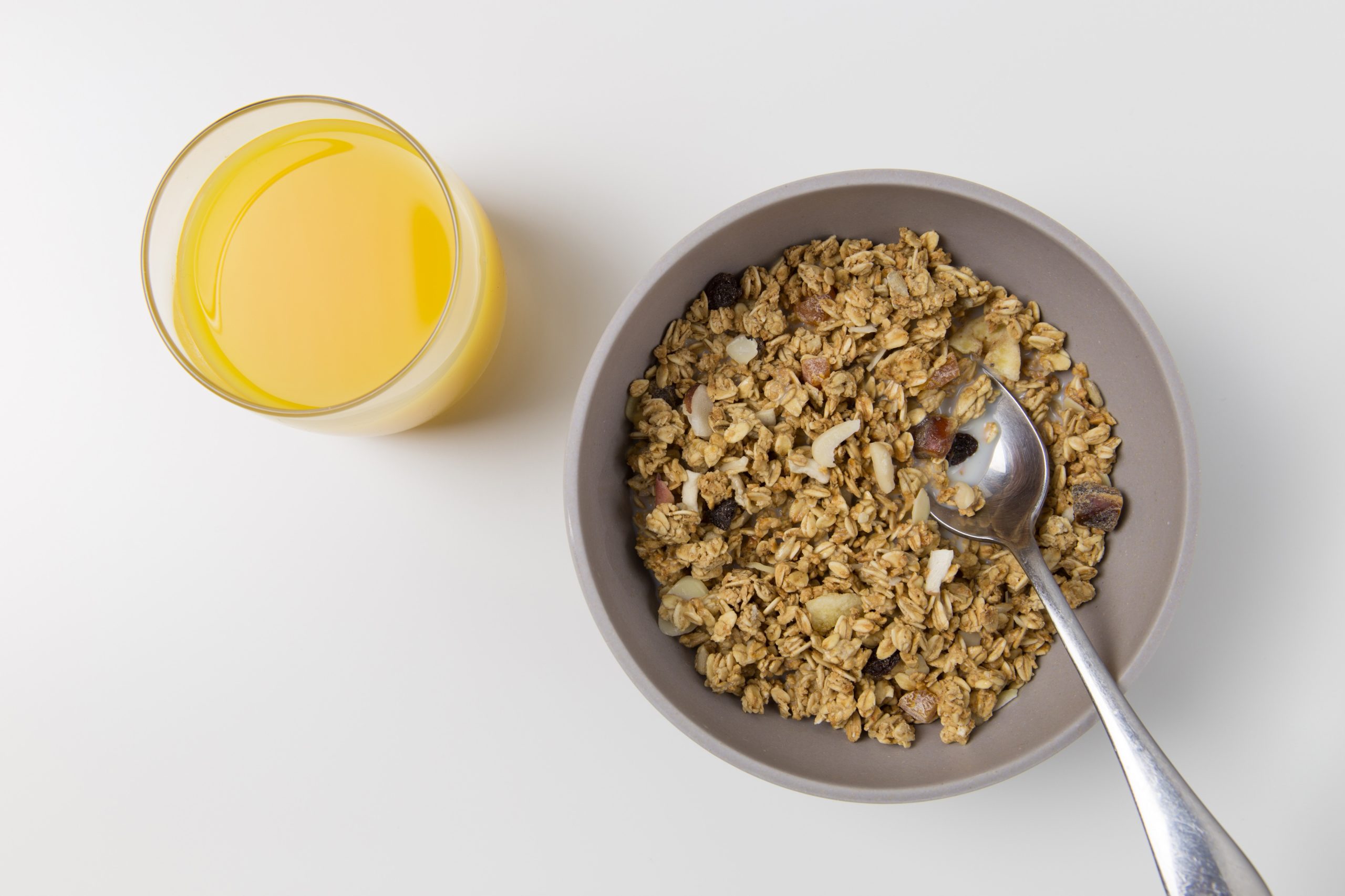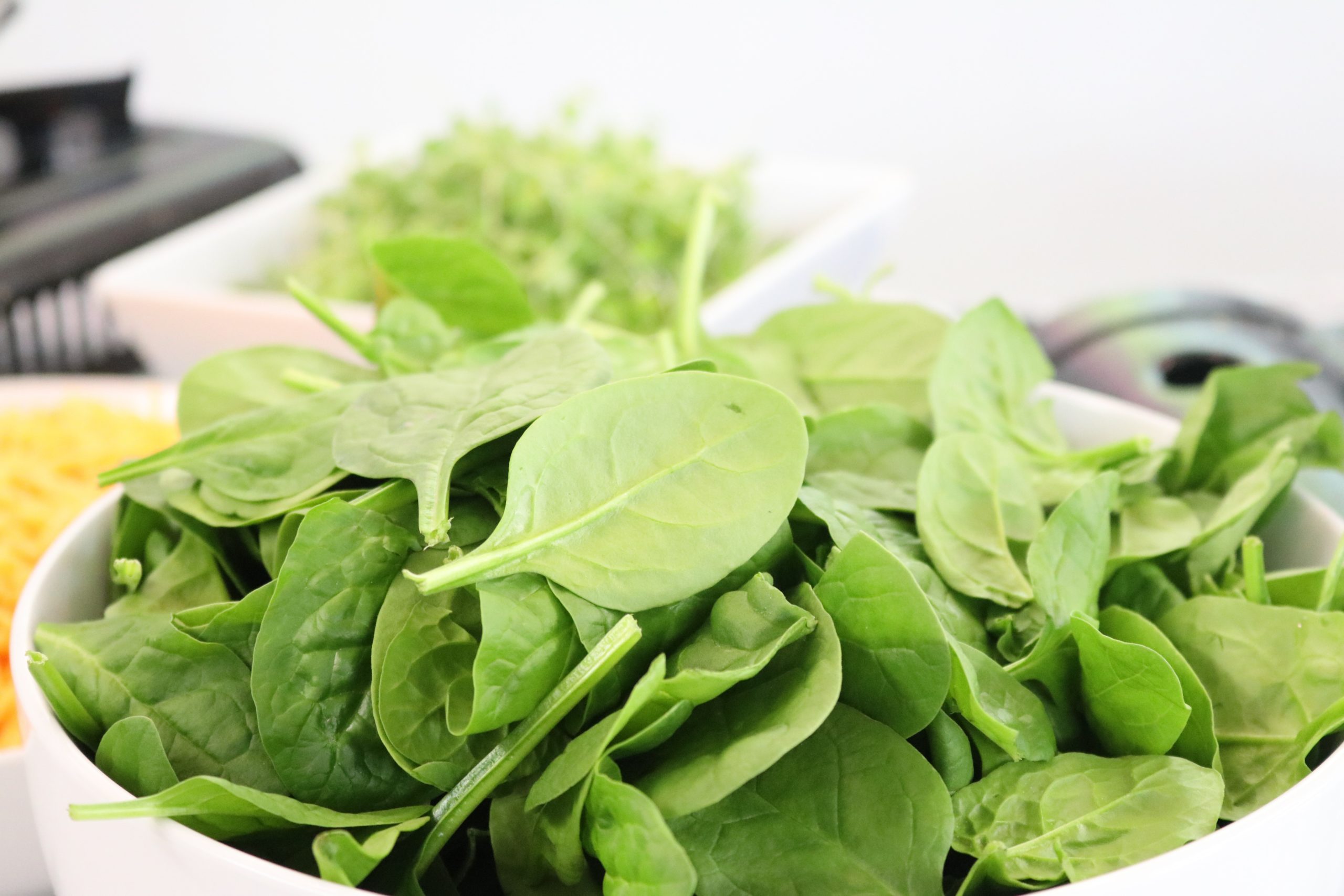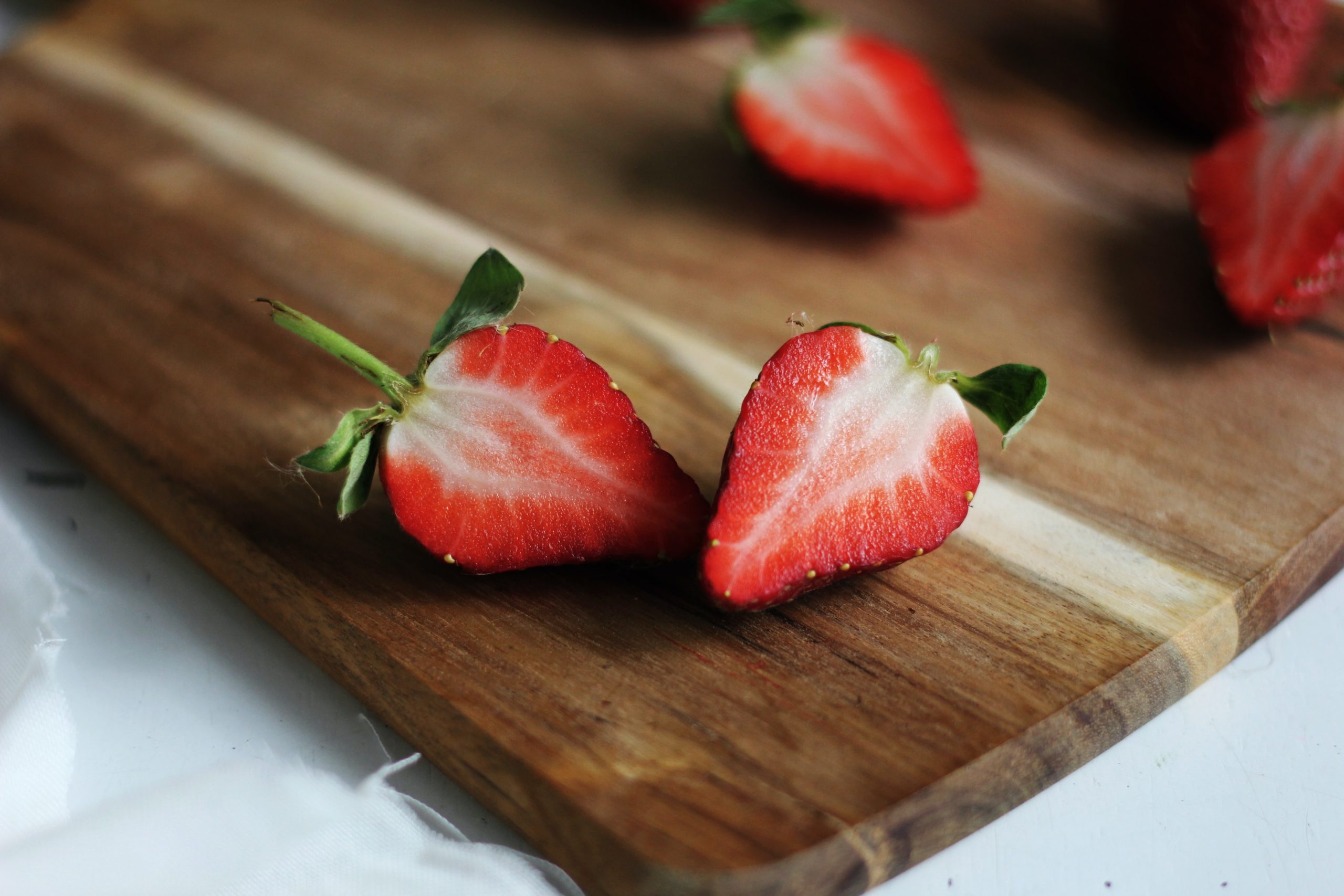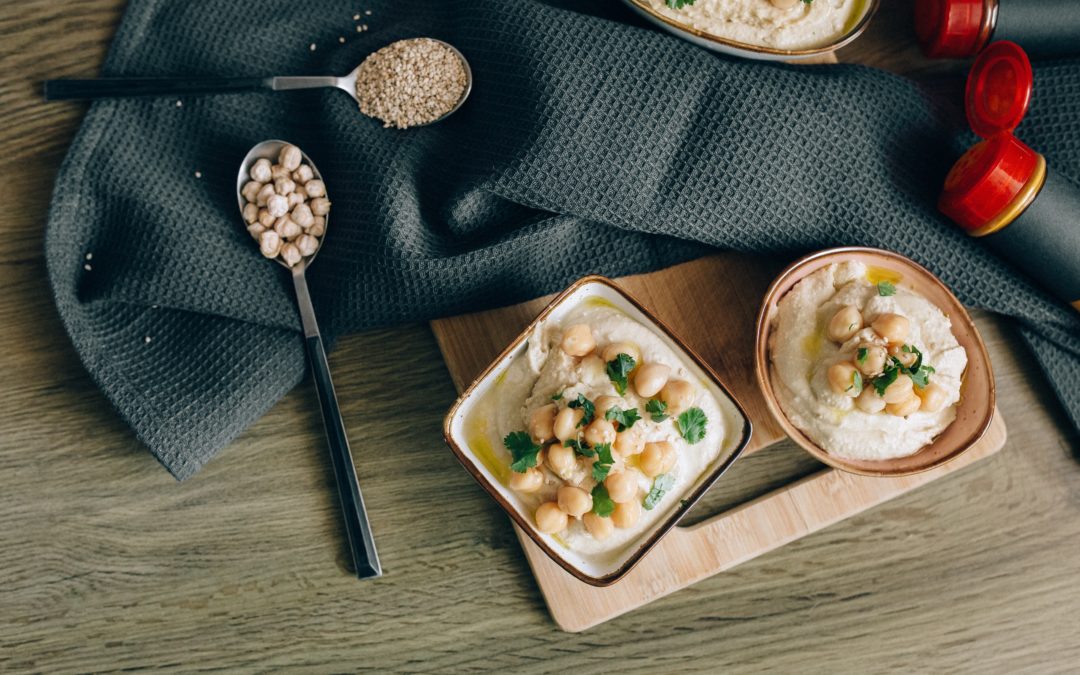You probably know that anemia is a condition where you do not have enough healthy red blood cells to move oxygen around your body. But I bet you did not know that there are more than 5 different types of anemia.
Additionally, anemia itself is not a disease but rather a symptom of an underlying condition. This means that the treatment of anemia should also address the underlying disease.
Diagnosis
Your doctor will use a complete blood count (CBC) to identify and diagnose anemias. Complete blood counts measure the number of red blood cells, white blood cells, hemoglobin (and more!) found in your blood.
Types of Anemia
Not all types of anemia are a result of inadequate nutrient intake. Some types of anemia, such as sickle cell anemia, are caused by genetic disorders, while other types are caused by insufficient nutrients.
Each type of anemia has a different underlying cause. This means it is important to know which type of anemia someone has before making changes to their diet.
This blog post focuses on anemias that are impacted by our diet. However, you can learn more about the other types of anemia from the American Society of Hematology’s website.
Iron Deficiency Anemia (IDA)
As the name suggests, iron-deficiency anemia is a result of iron deficiency. This is the most common type of anemia and accounts for 50% of anemia cases worldwide.
Some people may have a higher risk of IDA including,
-
- Pregnant individuals
- People eating a vegetarian diet
- People who donate blood often
You can learn more about iron and its role in our health from my Micronutrient Monday feature on iron.
Iron-Rich Foods
We can reduce our risk of IDA by including iron-rich foods in our diet. Some good sources of iron include,
-
- Kidney beans
- Edamame
- Chickpeas
- Fortified breakfast cereals
- Spinach
- Lentils
Iron supplements are also used in the prevention and treatment of IDA

Folate Deficiency Anemia
In this type of anemia, our red blood cells are bigger than normal and usually are oval-shaped. Additionally, our bodies make fewer red blood cells than normal.
As you may have already guessed, folate deficiency anemia is caused by low levels of folic acid in our body. There are a few reasons why we might not have enough folic acid in our body including,
-
- Not enough folate in our diet
- Interaction with medications (such as some seizure medications)
- Excessive consumption of alcohol
Some population that may have a higher risk of folate deficiency anemia include,
-
- Pregnant individuals
- People with some types of cancer
- Older adults
Folate-Rich Foods
Consuming folate-rich foods are part of our diet can reduce our risk of developing this anemia. Some good sources of folate include,
-
- Spinach
- Romaine lettuce
- Beans
- Peanuts
- Eggs

Vitamin B12-Deficiency Anemia
Another diet-related anemia is vitamin B12 deficiency anemia. This type of anemia is most common in descendants from Northern Europe. Other people that may have a higher risk of B12 deficiency anemia are,
-
- People with a family history of B12 deficiency
- People with diabetes
- People with Crohn’s disease or other intestinal problems
- People with HIV
- People following strict vegetarian diets
B12 deficiency anemia is very similar to folate deficiency anemia but is also sometimes accompanied by neurological symptoms. B12 deficiency anemia may be caused by low B12 intakes and a few factors including,
-
- Lack of intrinsic factor (the protein needed to absorb vitamin B12 from our gut)
- By-pass of the small intestine where our body absorbs vitamin B12
Check out my Micronutrient Monday: Vitamin B12 post to learn more about B12.
Vitamin B12-Rich Foods
Including vitamin B12-rich foods in our diet can reduce our risk of developing this type of anemia. Some B12-rich foods we can include are,
-
- Atlantic salmon
- Milk
- Bananas
- Strawberries
- Kidney beans
- Fortified breakfast cereals

Role of Diet in Treating Anemia
Our diet plays a role in the development of some types of anemia. So it comes as no surprise that our diet is an important part of the treatment and prevention of anemia.
Eating a diet rich in iron, vitamin B9 and B12 can help prevent the development of these respective micronutrient deficiencies, and as a result, prevent the formation of anemia.
Although diet can reduce our risk of developing some types of anemia, treatment for existing anemias often extend beyond nutrition to include medications. For example, vitamin B12 shots may be used in the treatment and prevention of B12 deficiency anemia.
You can chat with your doctor or dietitian to establish a personalized treatment plan for your anemia.
The Takeaway
Anemia isn’t a disease but a symptom of an underlying condition. This means that all anemia treatment plans need to address both the anemia and the underlying trigger.
Some types of anemia are impacted by our diet. We can reduce our risk of developing these types of anemia by eating a well balanced diet that meets our recommended vitamin and mineral intakes. Consuming a balanced diet will also help educe our risk of developing conditions.
Book a FREE Discover Call
Ready to support your health in 2022? Book a FREE discovery call today to get started with your personalized nutrition
With a Bachelor of Science in Nutrition and Food Science, Rachel has over 15 years’ experience helping people address their health through nutrition.


